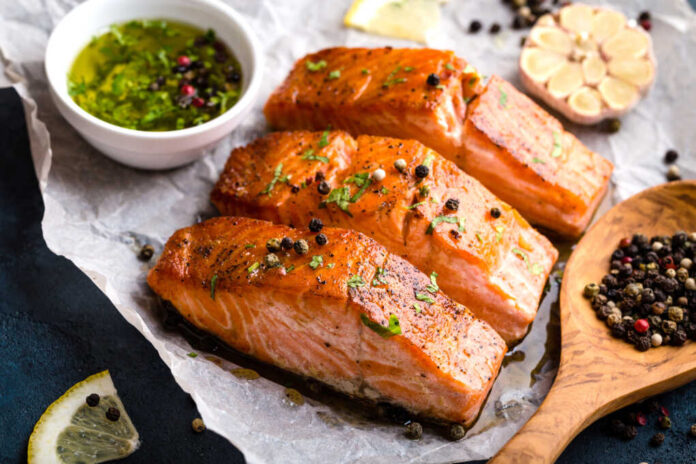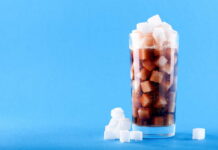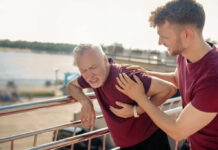
The American Heart Association typically suggests consuming fish, particularly fatty varieties such as salmon, twice a week. This dietary recommendation aims to enhance heart health and potentially reduce the likelihood of stroke.
Tips for Buying Salmon:
- Don’t rely solely on color. While customers often prefer salmon with deep hues, paler flesh can be just as delicious, if not better, especially in the case of fatty varieties like King salmon.
- Engage all your senses. Look for salmon that appears vibrant and fresh, with no fishy odor or film on the flesh.
- Choose a bustling market. Opt for a seafood vendor that sells a high volume of fish, ensuring fresher products.
Here’s How to Cook Salmon:
Salmon offers versatility in cooking methods, such as roasting, pan-frying, or grilling, and can be served in various dishes like salads, tacos, or with eggs. Both frozen and canned salmon provide healthy meal options. While many people wash their fish before cooking, it’s advised against by the USDA as it may spread contaminants.
Oven Roasting:
- Rub salmon with olive oil, salt, and pepper.
- Bake at 375°F or 400°F for 15 to 20 minutes.
- Alternatively, cook at 250°F for a longer time for a truer color.
- Consider wrapping salmon in a parchment packet with aromatics for added flavor and easy cleanup.
- Broiling is a quick option; monitor closely to prevent overcooking.
Pan-Searing:
- Heat a nonstick or well-seasoned skillet over medium-high heat.
- Add avocado oil and sear salmon skin-side down until crispy.
- Transfer to a 350°F oven to finish cooking for about 5 minutes.
Poaching:
- Submerge salmon in liquid or shallow poach with aromatics, herbs, and wine.
- Cover with parchment paper and bake in the oven for tender, flavorful results.
Grilling:
- Preheat the grill to medium-high and oil grates.
- Pat dry salmon filet and rub skin with oil to prevent sticking.
- Consider using foil or a cedar plank for added assurance against sticking.
Choosing the healthiest salmon can be confusing, but options like wild Alaskan, wild Atlantic, and farmed salmon raised indoors in tanks, along with canned salmon, are high in omega-3s, low in mercury, and sustainable, according to the Environmental Defense Fund.
When cooking salmon, consider the thickness of the cut as cooking times vary. Using a food thermometer ensures it reaches the recommended internal temperature of 145 degrees F, as per FoodSafety.gov. Avoid overcooking to retain moisture.
What Temperature Indicates That Salmon Is Fully Cooked?
To determine the doneness of your salmon, an instant-read thermometer can be used. The USDA advises reaching a temperature of 145°F for safe consumption. However, if you prefer your salmon to have a slight translucency, a temperature range of 120-125°F might be more suitable.
Alternatively, you can assess doneness by touch—a filet that is 3/4-inch-thick should feel barely firm, but not rigid. Another method is to use a fork—if the thickest part of the salmon flakes easily, it is likely cooked.
Upon reaching the desired doneness, carefully remove the skillet from the oven, transfer the salmon to a plate, and allow it to rest for approximately 5 minutes.



















